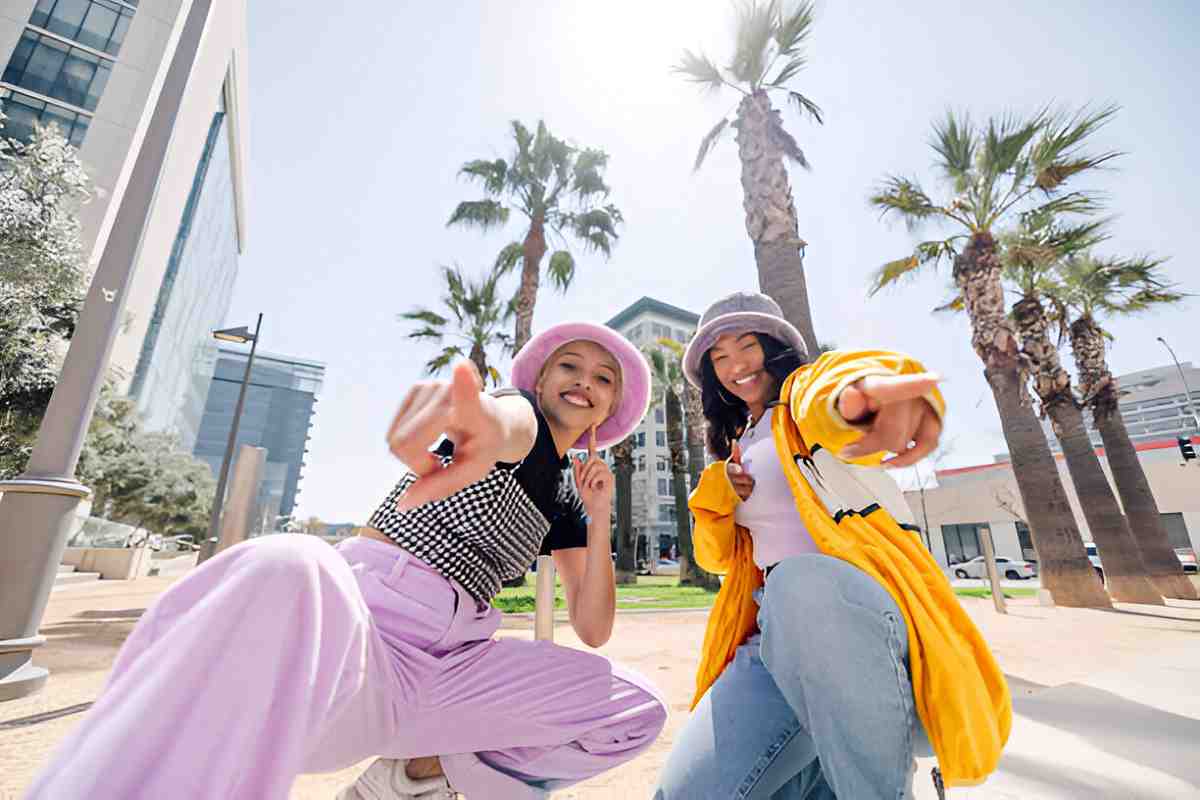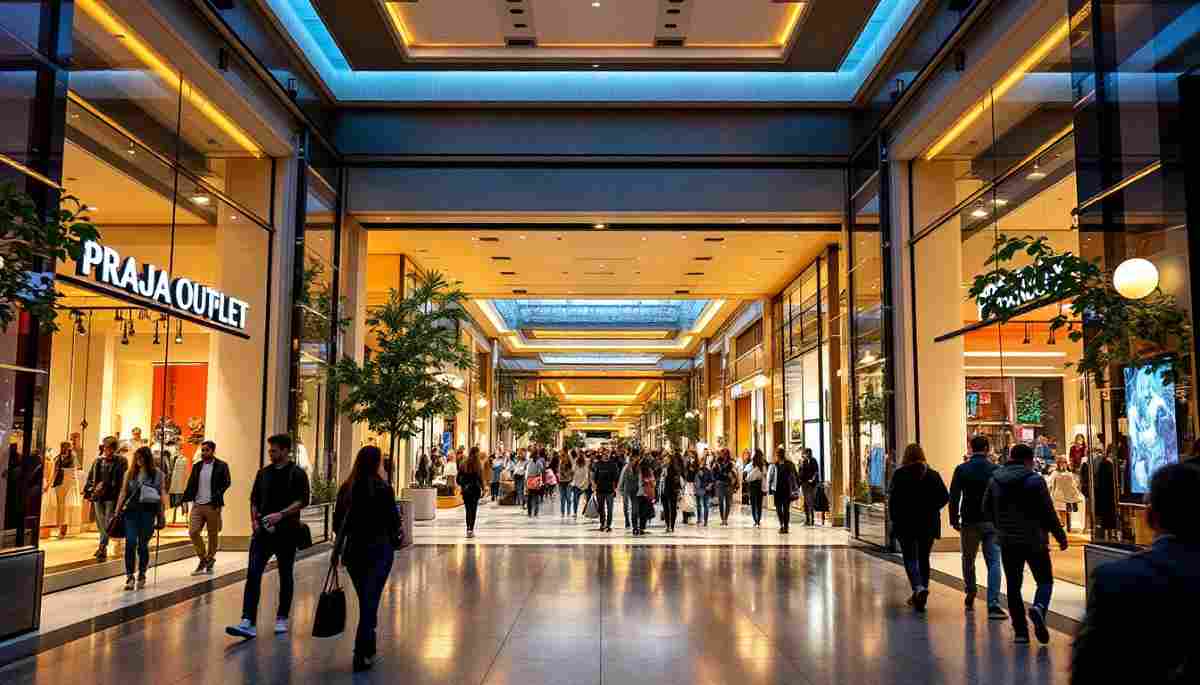“We Fashion” is all about embracing style, individuality, and confidence in every look. Our brand offers a curated selection of clothing and accessories that blend modern trends with timeless elegance. Whether you’re searching for casual wear that speaks to comfort or formal attire that exudes sophistication, We Fashion ensures that each piece is designed to complement your lifestyle. Our collections are tailored to fit various body types and preferences, making fashion accessible to everyone. With a focus on quality, sustainability, and affordability, We Fashion is your go-to destination for creating standout looks for every occasion.
The Evolution of Fashion: A Historical Perspective
Fashion has undergone a profound transformation throughout history, reflecting the cultural, social, and economic changes of different eras. From the opulent garments of the Renaissance to the minimalist styles of the 21st century, we fashion often serves as a mirror to society’s values, norms, and creative expressions.
The ancient civilizations, such as those in Egypt and Greece, set the foundation for fashion by establishing distinct styles that indicated class and status. The advent of the Industrial Revolution in the 18th century catalyzed mass production, enabling clothing to become accessible to a broader audience. Furthermore, the rise of fashion magazines in the 19th century introduced trends that shaped public perception and consumption patterns.
Today, we witness a cyclical nature in fashion trends, where past styles are reinterpreted and repurposed, showcasing an ongoing dialogue between history and innovation.
Sustainable Practices in Modern Fashion
In recent years, the fashion industry has faced increasing scrutiny regarding its environmental impact and ethical practices. The rise of sustainable fashion reflects a growing awareness among consumers about the consequences of fast fashion, prompting brands to adopt eco-friendly practices.
- Use of organic materials: Brands are now turning to sustainable fabrics, such as organic cotton, hemp, and Tencel, which have a lower ecological footprint.
- Recycling and upcycling: Many companies are exploring ways to recycle textiles or upcycle old garments, reducing waste and prolonging the lifecycle of clothing.
- Transparency: Consumers demand transparency about sourcing and manufacturing processes, pushing brands to disclose their supply chain practices.
Such initiatives not only appeal to environmentally-conscious consumers but also reflect a shift in industry standards towards sustainability.
The Influence of Technology on Fashion Trends
The intersection of technology and fashion is a dynamic sphere that has catalyzed significant changes in how trends emerge and spread. From augmented reality to artificial intelligence, technology has transformed both the design process and shopping experience.
Digital platforms enable designers to showcase their collections globally, bypassing traditional fashion shows. Additionally, AI algorithms can predict trends based on consumer behavior, enhancing market responsiveness.
- Virtual fitting rooms: These innovative tools allow customers to try on clothing virtually, minimizing return rates.
- E-commerce innovations: The growth of online shopping has revolutionized retail, providing convenience and accessibility.
- Social media influencers: Platforms like Instagram and TikTok have created a new breed of fashion leaders who can dictate trends overnight.
Technology continues to shape how we perceive and engage with fashion, proving that its influence is both profound and ever-evolving.
Cultural Appropriation vs
The discussion around cultural appropriation in fashion has gained significant attention, as designers and brands navigate the fine line between appreciation and appropriation. This contentious topic raises questions about ownership, representation, and respect for cultural heritage.
On one hand, borrowing elements from different cultures can celebrate diversity and inspire creativity. However, when cultural symbols are commodified without understanding their significance, it can lead to exploitative practices.
Awareness and sensitivity are crucial in this dialogue, as the fashion industry must strive to honor the cultures it draws from while ensuring fair representation and compensation for those communities.
The Role of Social Media in Shaping Fashion Choices
Social media has drastically altered the way fashion is consumed and critiqued. It provides a platform for immediate feedback and fosters a dialogue between brands and consumers. The power of social media influencers cannot be understated, as they often hold significant sway over trends and purchases.
Platforms like Instagram and Pinterest allow users to share their fashion choices, leading to the emergence of unique online communities centered around personal style and inspiration.
- Real-time trend cycles: Trends can go viral within hours, affecting how quickly brands must adapt and react.
- Customer engagement: Direct communication through comments and messages creates a sense of connection between brands and consumers.
- Diverse representation: Social media has empowered marginalized groups to showcase their styles, broadening the definition of beauty and fashion.
Ultimately, social media has democratized fashion, enabling everyone to participate in the conversation.
Fashion Icons: Who Defines Style Today?
Fashion icons evoke inspiration and set trends that impact countless individuals. The definition of a fashion icon has evolved; it encompasses celebrities, designers, and even everyday people who express distinct styles.
Today, many seek inspiration from a diverse array of sources:
- Influencers: Individuals with substantial social media followings often redefine what it means to be fashionable.
- Musicians: Figures like Billie Eilish and Harry Styles challenge traditional gender norms through their fashion choices.
- Designers: Renowned designers such as Alexander Wang and Virgil Abloh not only lead collections but also influence the broader culture through their visionary aesthetics.
The span of influence is wide-ranging, with more voices contributing to the ever-changing landscape of fashion.
The Intersection of Fashion and Identity
The relationship between fashion and identity is intricate, as clothing often serves as a crucial vehicle for personal expression. Fashion allows individuals to communicate their values, beliefs, and social affiliations.
In a world where self-identity is continuously evolving, the ways in which people express themselves through fashion are diverse and complex. Clothing can signal gender identity, cultural background, or even political stance.
- Gender expression: Non-binary and gender-fluid styles challenge traditional conceptions of masculinity and femininity.
- Cultural identity: Traditional garments and symbols play a vital role in affirming cultural heritage and pride.
- Political statements: Fashion choices can also reflect social justice movements and political opinions.
Ultimately, fashion provides a canvas upon which identity can be defined, redefined, and celebrated.
The Future of Fashion: Predictions for the Next Decade
The future of fashion promises to be innovative and transformative. As the industry grapples with sustainability, technological advancements, and social issues, several trends are likely to emerge.
Predictions for the next decade include:
- Sustainable advancements: Expect more brands to adopt circular fashion models and invest in eco-friendly materials.
- Technological integration: From 3D printing to smart textiles, technology will continue to influence design and functionality.
- Inclusivity: The push for diversity will drive brands to create more inclusive sizing and designs that cater to a wider audience.
As these elements come together, the fashion industry will evolve, reflecting the values and aspirations of future generations.
DIY Fashion: Embracing Individuality and Creativity
DIY fashion has surged in popularity, empowering individuals to express their creativity and individuality. The rise of platforms like YouTube and Pinterest has made it easier for people to share their creations and inspire others.
DIY projects encourage a personal touch, allowing people to customize their clothing and accessories in ways that resonate with their identities.
- Upcycling: Transforming old garments into new pieces helps reduce waste and promote sustainability.
- Custom designs: Individuals can create one-of-a-kind items that reflect their unique style.
- Community engagement: DIY fashion fosters a sense of community among enthusiasts who share tips, tricks, and inspiration.
This movement not only enhances personal expression but also promotes a more sustainable and ethical approach to fashion consumption.
The Impact of Fast Fashion on the Environment
Fast fashion has revolutionized the industry, making trendy clothing more affordable and accessible than ever; however, it comes with a hefty environmental price tag. The rapid production cycles and disposable nature of fast fashion have detrimental effects on our planet.
Key concerns include:
- Waste accumulation: Millions of tons of clothing end up in landfills each year, contributing to significant waste issues.
- Resource depletion: The production of synthetic fabrics requires vast amounts of water and energy, exacerbating environmental crises.
- Pollution: Chemicals used in dyeing and finishing processes often lead to water contamination and harm local ecosystems.
Addressing these issues requires a collective commitment to sustainable practices and a shift in consumer behavior towards valuing quality and longevity over quantity.
Fashion is an ever-evolving narrative that reflects and shapes the world around us. As we navigate this complex landscape, understanding and engaging with its various dimensions can empower us to make thoughtful choices about how we express ourselves and consider the impact of our fashion consumption.










